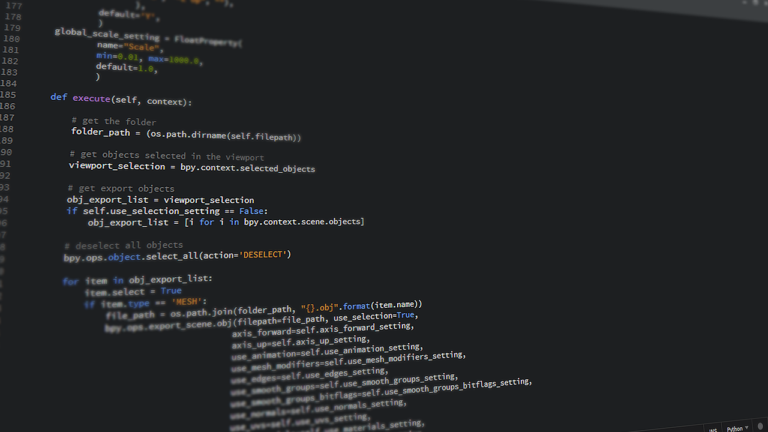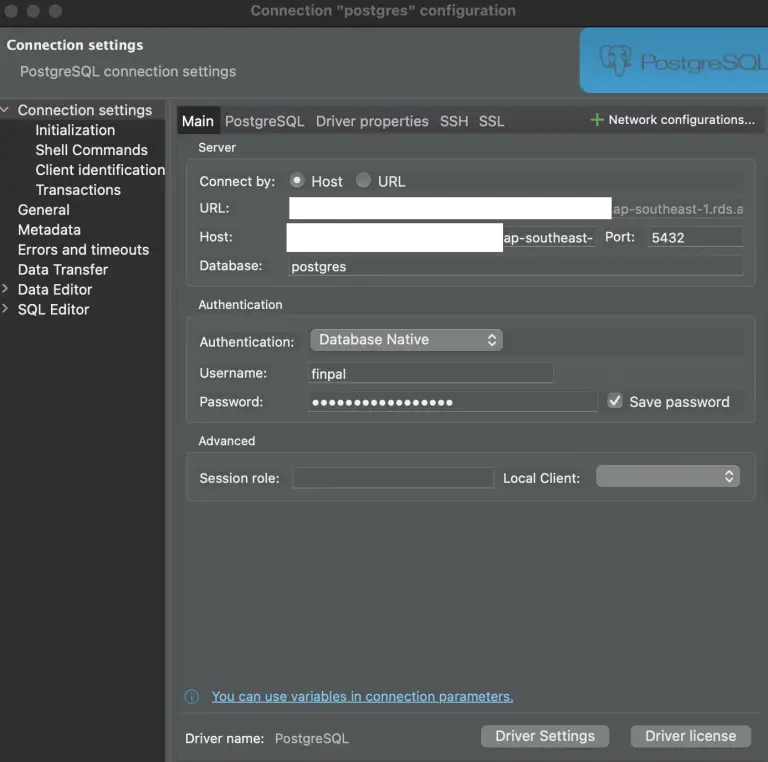Python Introduction
What is Python?
It’s no secret that Python is widely used in the computer science world. Guido van Rossum made it, and it came out in 1991.
Functions include:
- Server-side web development
- software engineering,
- mathematics,
- and system scripting.
What can Python do?
- Web applications written in Python may be hosted on a server.
- Python may be used in conjunction with other applications to develop processes.
- Python supports database integration. It also has the capability of reading and editing files.
- Big data and advanced calculations are no problem for Python.
- Python is versatile enough to be used for both quick experimentation and the creation of stable, production-ready applications.
Why Python?
- Python is portable and may be used on a variety of systems (Windows, Mac, Linux, Raspberry Pi, etc).
- Python’s easy-to-understand grammar is reminiscent of the English language.
- Python’s syntax makes it possible for programmers to create code with fewer lines than in other languages.
- Python’s interpreter architecture allows for instantaneous code execution. This allows for rapid prototyping.
- Python may be seen from a variety of perspectives, including procedural, object-oriented, and functional.
Good to know
Python 3, the most current significant release of Python, is the version that will be used throughout this lesson. Python 2, on the other hand, is still widely used despite the fact that it is not receiving any upgrades other than those related to security.
This article will teach you how to write Python code in a text editor. Thonny, Pycharm, Netbeans, and Eclipse are all Integrated Development Environments that allow you to write Python, and they excel at handling huge Python code repositories.
Python Syntax compared to other programming languages
- Readability was a primary design goal for Python, and the language has some resemblance to English while also displaying the impact of mathematics.
- In contrast to many other programming languages, Python doesn’t end a command with a semicolon or parentheses; instead, it utilizes new lines.
- Indentation, which makes use of whitespace, is the method that Python employs to specify the scope. This includes the scope of loops, functions, and classes. In many other programming languages, this operation is often performed using curly brackets.
print("Hello, World!")Try Yourself Through online python compiler


